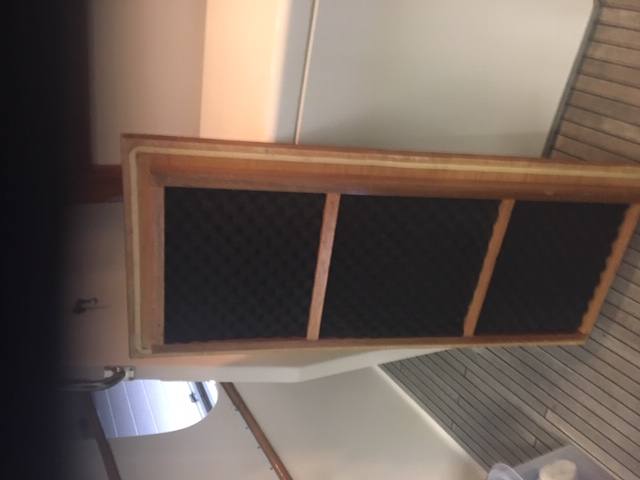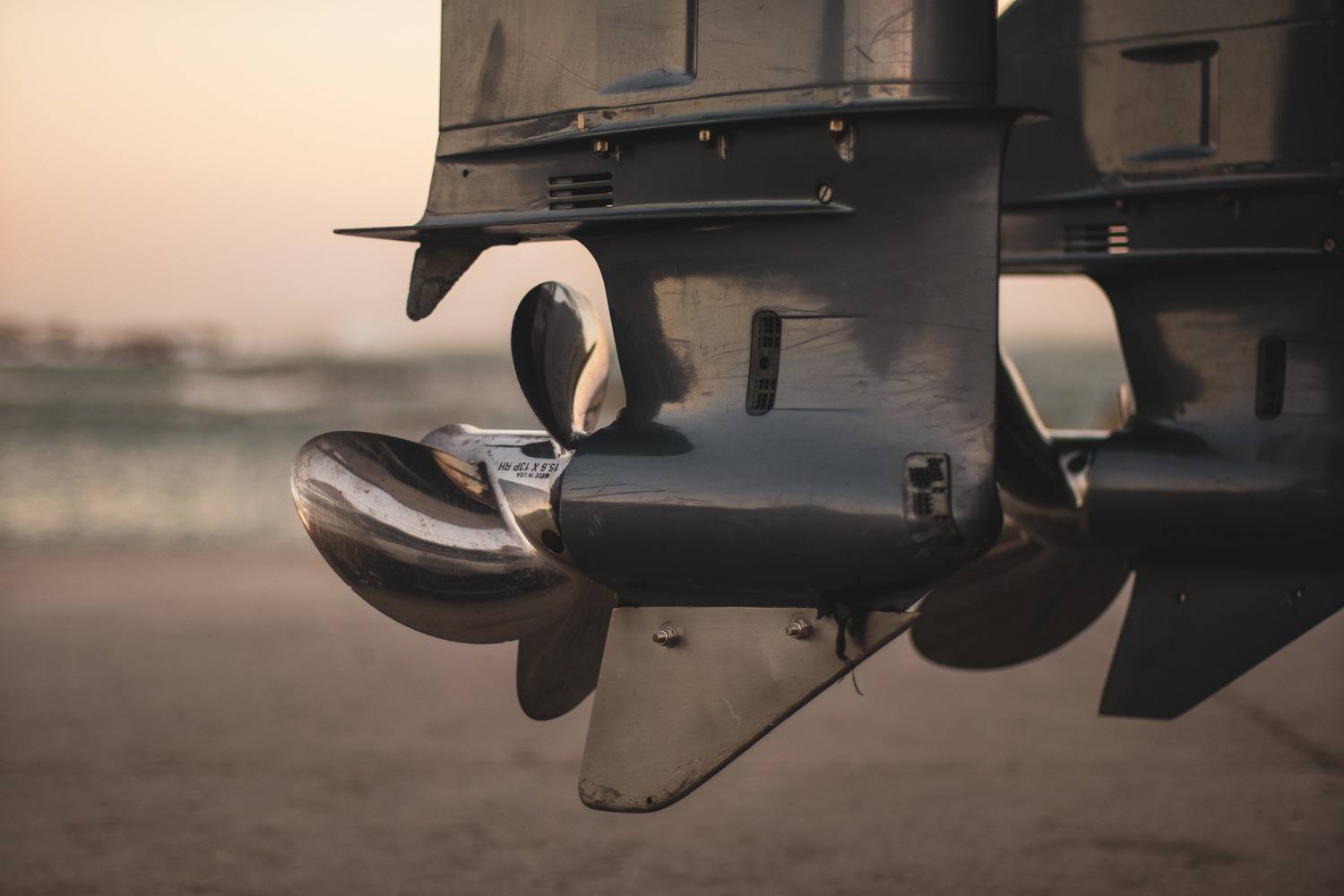How do you soundproof and muffle the engine compartment in a boat?
Soundproofing and sound dampening the engine compartment in a boat is an important measure for improving comfort on board and reducing disturbing engine noise. A well-insulated engine makes a big difference by creating a quieter, more pleasant, and relaxed boating experience. Whether you use your boat for leisure trips or longer journeys, reducing engine noise is beneficial, both for your own sake and for the environment.
Engine noise in a boat is caused by a combination of mechanical vibrations, airborne noise, and sound transmission through the hull and engine mounts. To achieve effective soundproofing, a combination of sound-insulating and sound-absorbing materials is required to handle both airborne and structure-borne noise.
Effective methods for soundproofing the engine compartment
Reducing the spread of engine noise requires a comprehensive solution that addresses sound blocking, sound absorption, and vibration damping.
Sound insulation mats – stop engine noise at the source
One of the most effective ways to dampen engine noise is to use specially designed sound insulation mats. These materials often consist of multiple layers that combine sound-absorbing foam with a sound-blocking barrier.
By installing these mats on engine hatches, the walls of the engine compartment, and the ceiling and floor inside the engine room, you can effectively reduce sound propagation to the rest of the boat.
Recommended materials include:
SilentDirect Polaric soundproofing mat
Multi-layered material that blocks engine noise and absorbs vibrations.
SilentDirect Neo
High-quality sound absorber that works even in hot and humid environments.
Seal sound leaks – stop sound from escaping
Sound leakage is one of the main causes of high noise levels in boats. Gaps and leaky engine hatches allow sound to travel freely into the cabin. To avoid this, you should:
- Install rubber seals around the engine hatch to prevent sound leakage.
- Use sound-absorbing sealant at penetrations to reduce sound transmission.
- Ensure that all panels in the engine compartment are tightly fitted to minimize sound leakage.
The tighter the engine compartment, the better the sound insulation.
Sound-absorbing panels – reduce sound reflections
To manage airborne noise, it is important to use sound-absorbing materials on the walls and ceiling inside the engine compartment. These panels reduce echoes and reflections that would otherwise amplify the sound level.
Effective options include:
- SilentDirect Egg
- SilentDirect Neo
These solutions are particularly effective in smaller engine compartments where sound easily bounces and amplifies.
Vibration damping – reduce sound transmission through the hull
Engine noise often spreads through the boat's structure, resulting in low-frequency noise that can be difficult to dampen. To reduce this sound transmission, you can:
- Install vibration-damping rubber isolators between the engine and the hull.
- Use shock-absorbing mounting plates under the engine mounts to reduce sound transmission.
- Reinforce sensitive hull surfaces with sound-absorbing materials to minimize resonance.
This is especially important in smaller boats where engine noise can easily travel through the hull and be amplified in the cabin.
The benefits of soundproofing the engine compartment in a boat
Soundproofing the engine compartment offers several key benefits:
Quieter and more comfortable boating
Less engine noise creates a calmer and more relaxed environment on board.
Reduced wear and tear on the boat's structure
Vibration damping extends the life of both the engine and the hull.
Increased comfort for crew and passengers
Makes it easier to communicate on board without having to shout over the engine.
Better fuel economy and reduced energy consumption
Less energy loss through noise and vibrations can improve the boat's efficiency.
Reduced noise emissions in the surrounding area
A quieter engine reduces disturbance to other boats and wildlife.










